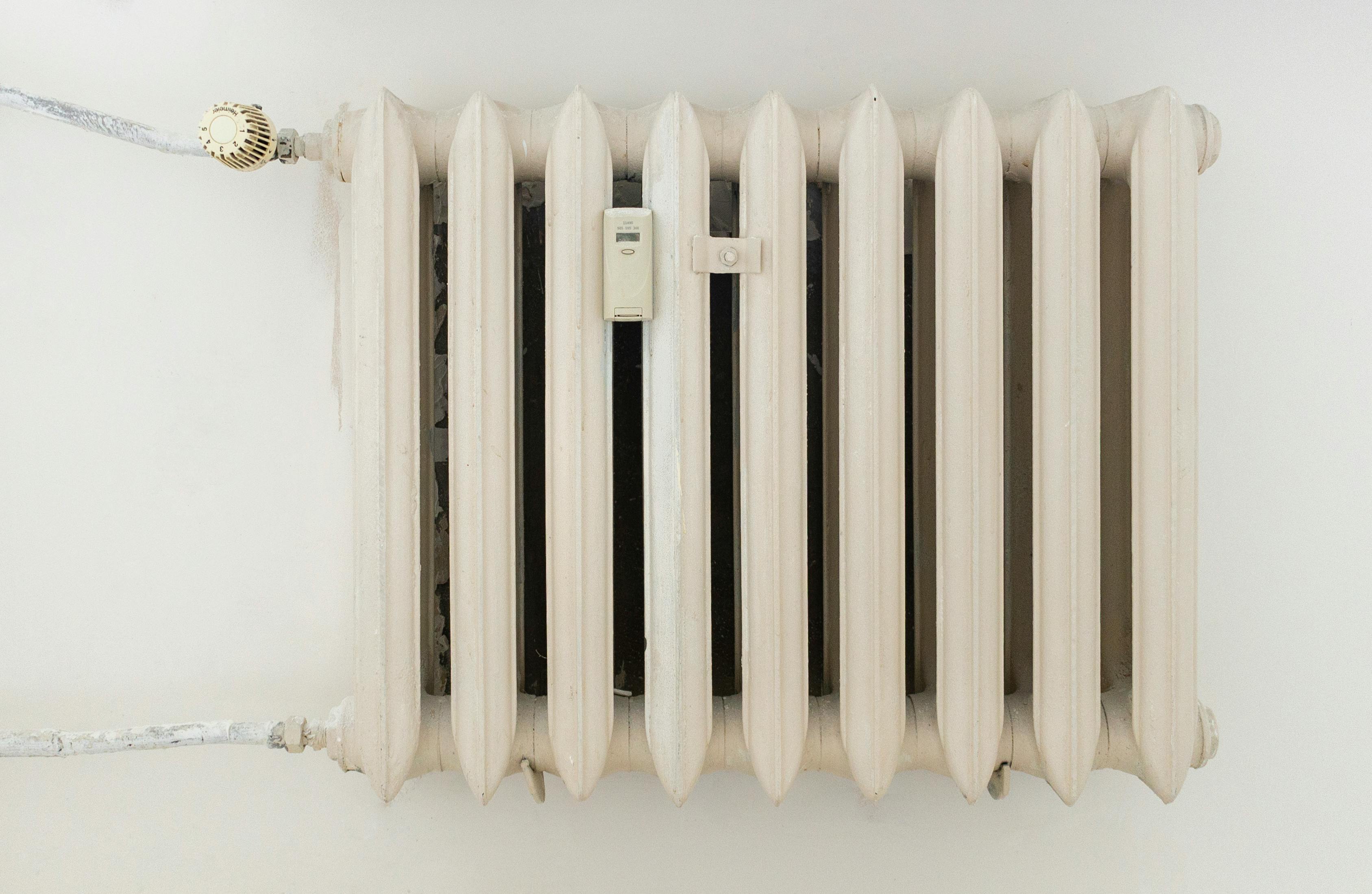Furnace Maintenance Tips to Keep Your Home Cozy
A well-maintained furnace is essential for keeping your home comfortable during cold weather while also ensuring energy efficiency and safety. Regular furnace maintenance not only prevents unexpected breakdowns during frigid temperatures but also extends the lifespan of your heating system. Understanding how to properly care for your furnace through both DIY efforts and professional servicing can save you money on repairs and utility bills while providing reliable warmth when you need it most.

Why Regular Furnace Maintenance Matters
Regular furnace maintenance is crucial for several important reasons. First, a well-maintained furnace operates more efficiently, which directly translates to lower energy bills during the winter months. When components are clean and functioning properly, the system doesn’t have to work as hard to produce and distribute heat. Second, routine maintenance significantly extends the lifespan of your furnace—potentially adding years to an expensive home appliance. Most furnaces are designed to last 15-20 years, but without regular maintenance, that lifespan can be cut short by 30-50%. Finally, maintenance helps identify potential issues before they become costly emergency repairs, saving you both money and the inconvenience of losing heat during cold weather.
Essential Winter Heating Maintenance Steps
Before winter arrives in full force, several maintenance tasks should be completed to ensure your furnace operates reliably. Start by replacing or cleaning the furnace filter, which should typically be done every 1-3 months during the heating season depending on filter type and household conditions. Next, check all vents and returns throughout your home to ensure they’re unobstructed by furniture, drapes, or other items that could restrict airflow. Clean the blower assembly to remove dust buildup that can reduce efficiency and cause overheating. Inspect the belt for cracks or wear if your furnace has one, and lubricate moving parts according to manufacturer specifications. Finally, test your thermostat by gradually increasing the temperature setting and listening for the system to activate properly.
Professional Maintenance Requirements
While homeowners can handle some basic maintenance tasks, professional service is essential for thorough furnace care. HVAC technicians have the tools, training, and expertise to perform comprehensive inspections that identify potential issues invisible to untrained eyes. Professional maintenance typically includes inspecting heat exchangers for cracks or corrosion, testing safety controls and limit switches, checking electrical connections and components, measuring gas pressure and combustion efficiency, and calibrating the thermostat. Most manufacturers recommend annual professional maintenance to maintain warranty coverage. The best time for this service is in early fall, before the heating season begins, when HVAC companies aren’t overwhelmed with emergency calls.
Safety Measures for Furnace Operation
Safety should always be the primary concern when dealing with heating systems. Install carbon monoxide detectors on every floor of your home and test them monthly, as faulty furnaces can release this odorless, colorless, and potentially lethal gas. Keep the area around your furnace clear of flammable materials, storing items at least three feet away from the unit. Regularly inspect the flue pipe and vent system for damage or blockages that could lead to improper ventilation. If you smell gas near your furnace, evacuate immediately and call your gas company from a safe location. When performing any DIY maintenance, always turn off power to the furnace at both the unit and circuit breaker to prevent electrical shock.
Common Furnace Maintenance Issues
Several common problems can develop when furnaces aren’t properly maintained. Dirty filters are perhaps the most frequent issue, restricting airflow and causing the system to work harder, which reduces efficiency and can lead to overheating. Ignition or pilot control problems often result in heating interruptions and can stem from faulty electronic ignition systems or pilot lights. Malfunctioning thermostats may cause irregular cycling or temperature inconsistencies throughout the home. Mechanical wear and tear on belts and bearings can create unusual noises or reduced airflow. The blower running continuously is typically caused by limit switch issues that develop over time. Many of these problems can be prevented through regular maintenance or caught early before they cause system failure.
Compare Professional Maintenance Service Providers
When selecting a professional for furnace maintenance, it’s important to compare service offerings, reputation, and value. Most reputable companies offer maintenance plans that include annual inspections and priority service during emergencies.
| Service Provider | Basic Service Inclusions | Typical Cost Range | Notable Features |
|---|---|---|---|
| HVAC Specialists | Filter change, system inspection, basic cleaning | $80-$150 | Often offers 24/7 emergency service |
| Home Comfort Services | Complete system tuneup, safety inspection, efficiency test | $100-$200 | Multi-system discounts for homes with AC |
| National Carriers | Comprehensive diagnostics, parts inspection, air quality check | $150-$300 | Extended service agreements available |
| Local Independent Technicians | Basic furnace inspection and cleaning | $75-$125 | Often more flexible scheduling options |
Prices, rates, or cost estimates mentioned in this article are based on the latest available information but may change over time. Independent research is advised before making financial decisions.
Regular maintenance is the key to furnace longevity and reliable home heating. By combining regular DIY maintenance with annual professional servicing, homeowners can ensure their heating systems remain efficient, safe, and dependable through many winter seasons. Proper maintenance not only prevents the inconvenience and expense of unexpected breakdowns but also contributes to better indoor air quality and more consistent comfort throughout your home. As temperatures drop, the investment in furnace care pays dividends in both comfort and cost savings.




